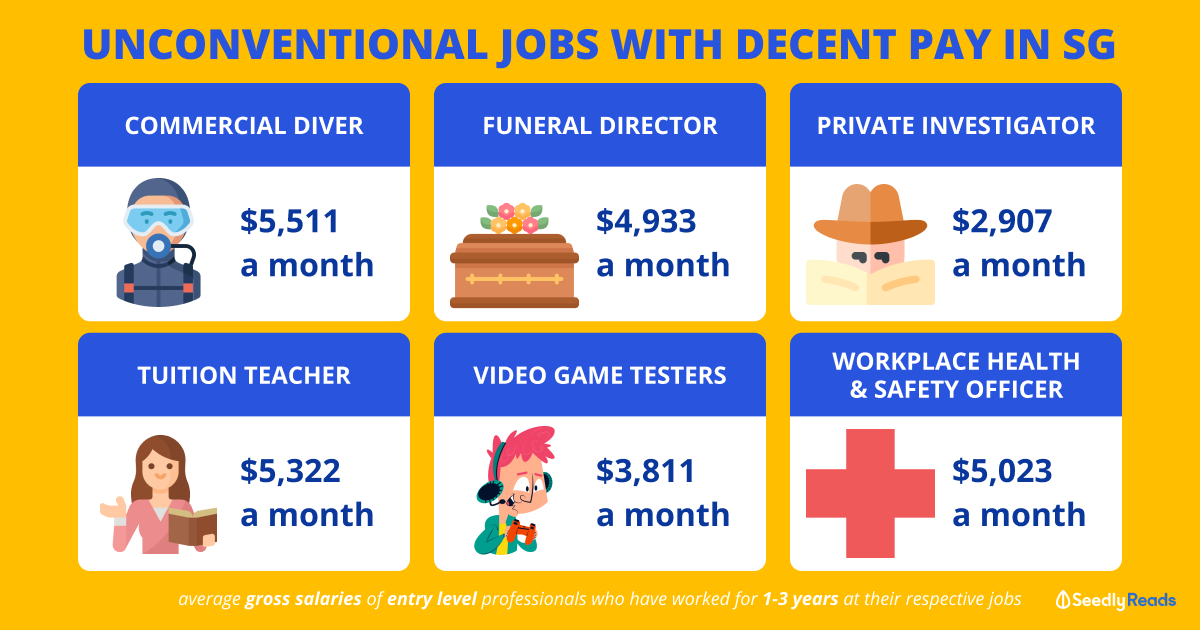Advertisement
Anonymous
Is it ok to take a career break of 6 months or more for mental wellness or is that a red flag to prospective employers?
Not sure how future employers will view the reason of taking break for better mental wellbeing.
22
Discussion (22)
Learn how to style your text
Reply
Save
Ngooi Zhi Cheng
19 Mar 2025
Student Ambassador 2020/21 at Seedly
Full disclosure: I am a fee-based financial advisor serving HNW clients. The following are general insights, not personalized advice.
The current dilemma with SRS funds mirrors a classic investment challenge: balancing safety, returns, and liquidity amid changing interest rate environments. While many will suggest guaranteed fixed income options, I'd encourage reframing how you view that negative 8% in Amundi. Market declines often present the most opportune moments to average down through DCA rather than reasons to step away from your initial strategy. Bond markets have faced exceptional pressure during the rate hiking cycle, but with rates expected to decline, this asset class may be positioning for a recovery phase.
Consider a historical perspective: the Bloomberg Global Aggregate Bond Index (which tracks similar assets to many bond funds) has rarely experienced consecutive negative years throughout its history. After 2022's sharp 16.2% decline, we've seen signs of stabilization. When bond yields rise (and prices fall) as they have, you're effectively buying future income streams at a discount. This is precisely why institutional investors often increase allocations to fixed income when performance dips.
For practical next steps: First, evaluate if your current negative performance is primarily due to market conditions or the specific fund's management. Most bonds funds have struggled similarly, suggesting it's market-driven rather than fund-specific. Second, consider a balanced approach - perhaps allocate 1/3 of your available funds to continue your DCA strategy while placing another 1/3 in SSBs (which currently offer around 3%+ with government backing). The final 1/3 could remain in T-bills or high-yield savings options through SRS-approved platforms to maintain flexibility.
The conventional "safety first" approach with SRS funds certainly has merit, especially if you're nearing the withdrawal age. However, this perspective often overlooks that even "safe" options like fixed deposits can deliver negative real returns after inflation. By thoughtfully maintaining your DCA strategy during downturns while diversifying across multiple SRS-approved vehicles, you're potentially positioning for longer-term gains while still preserving capital. The key is ensuring your allocation aligns with both your risk tolerance and your timeline for eventually using these SRS funds.
Reply
Save
It might be a red flag for future potential employer but it is important for one to have mental wellness. Take a break since you felt is it needed and I trust everything will be in good hands as long as you have the skills and the capability.
Reply
Save
Good to take a break whenever you think it is necessary as it will refresh yourself to prepare for the next chapter
Reply
Save
It is ok to have a break for mental wellness, health is wealth....
Read 17 other comments with a Seedly account
You will also enjoy exclusive benefits and get access to members only features.
Sign up or login with an email here
Write your thoughts
Related Articles
Related Posts
Related Posts
Advertisement










I think people are more understanding of a mental health break now than the years before.